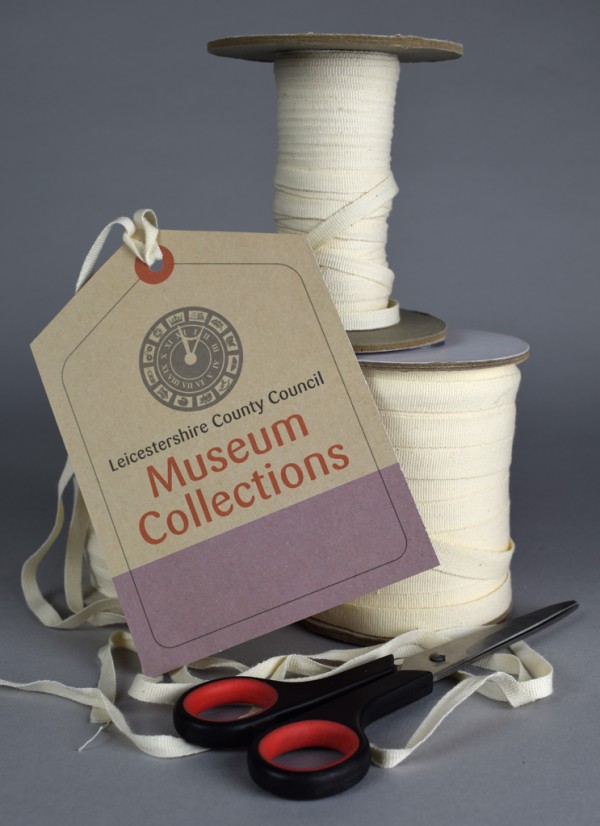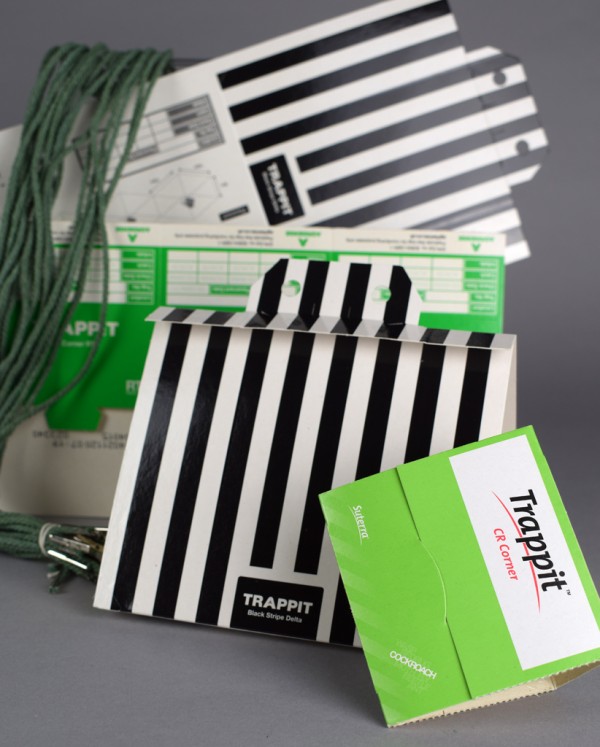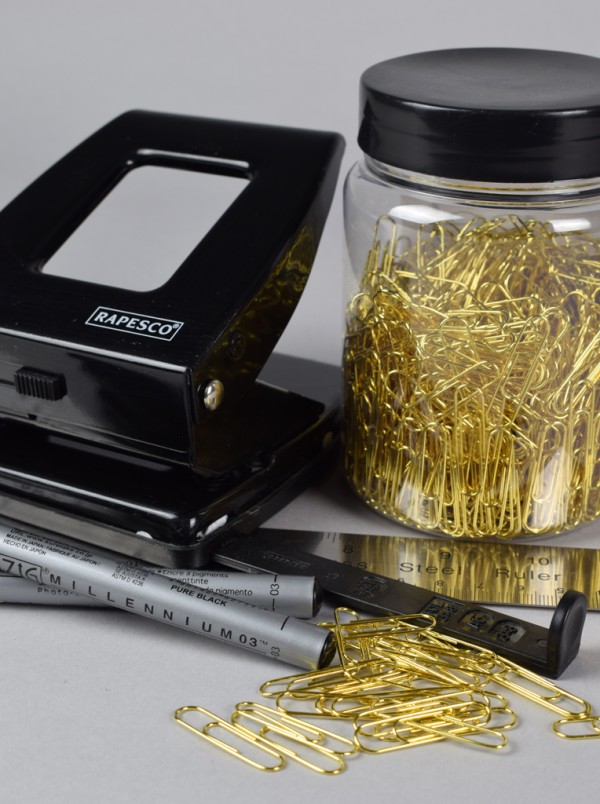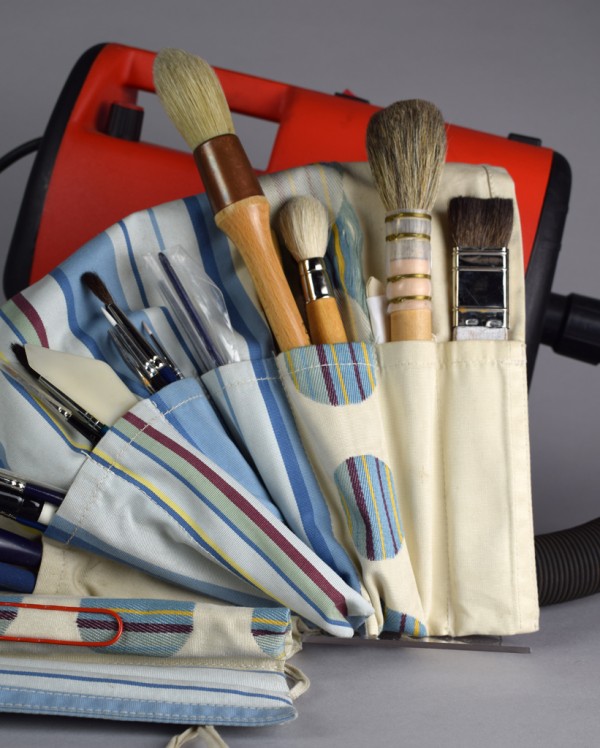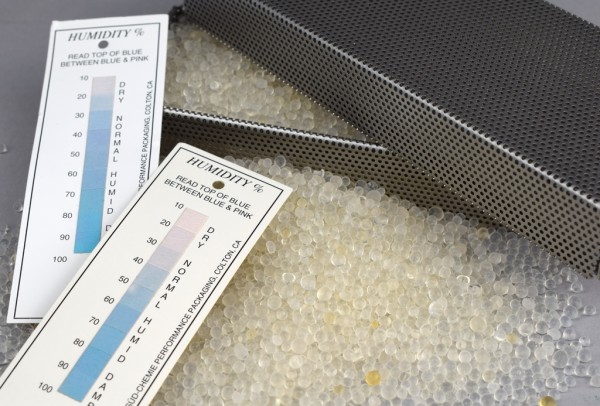4 May 2022
Collections Care and Management
Leicestershire's Museum Collections are cared for by a small team who make sure that they will survive for future generations to enjoy.
One of the preconceptions we hope to challenge here at Leicestershire Collections is the belief that museum collections that are not on display are ‘hidden away in dusty stores’.
For one thing, we have housekeeping standards. Keeping dust and pests at bay is one of the most basic forms of collection care.
Secondly, our museum collections facilities are a hive of activity, with our curatorial and collections management and care teams looking after the collections and making them accessible in many different ways. Objects are constantly being condition checked, photographed, prepared for display in our museums and heritage sites; lending them to other museums and organisations, and providing reference material and inspiration for researchers, students, volunteers, artists and community groups.
We hope that this section will show you some of the day to day work of our teams and share some of the amazing collections we are lucky enough to work with.

